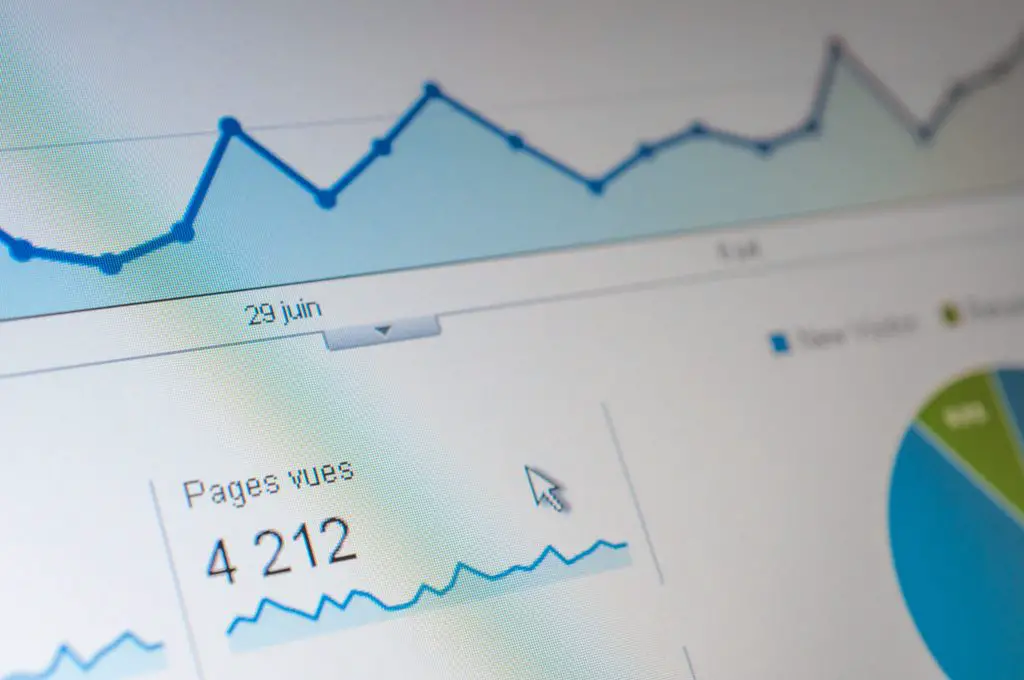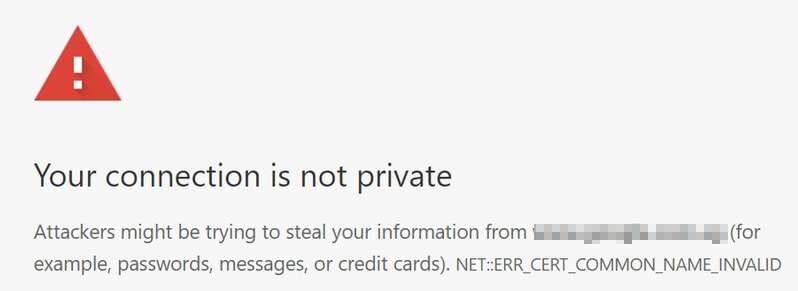When you first build your first site in WordPress, you can be lost what to do. There are so many steps it can be confusing for a newer WordPress user.
How long does it take to build a website in WordPress? It can be completed in as little a 2 weeks or a long as a few months depending on the amount of content on the site. The key is to be organized and take the site step by step until you reach the end. Sites with less content will always be much quicker to put up than sites with a bunch of content.
Below we will go over ten steps to get your WordPress website up and running and figure out just how long it will take you. Each step will break down the time you can expect to spend and also go over the detailed information included to make it happen. Let’s dive into building your first WordPress website.
1. Mapping out your structure for your website

Before you think about website copy or even images, it’s a good time to sit down and decide on structure. WordPress website works just like a house. You need to consider what your website will look like to someone from the outside.
Most designers will either user a mind mapping tool or an analog written tree that shows the pages. This is important because as you go through your pages it will give you a better idea of what needs to be done and what can be skipped.
Lofty first time website owners want to include anything and everything on their sites but often its better to build it one step at a time.
Your first page should be your homepage followed by supporting pages such as a service, about page, blog, contact us, etc. If you have any sub-pages, list these under the appropriate parent page to keep order.
So, for example, if you did website design under services you might have the following sub-pages:
- Web Design
- SEO
- Graphic Design
- Logo Design
Sub-pages can be moved around using the WordPress menu without a problem so it’s not stuck in stone under one menu item.
Continue to do this for every page on your site until you reach the end of your mind-map or tree. Once you reach the end, you can count and see how many pages you have. Assuming a certain number of hours of work per page (we will dive into this figure later) you can do math and figure out the time it will require to finish.
Keep in mind all of this is subjective depending on how picky you are and what you are trying to accomplish. You may need to adjust the work hours per page to get a more accurate number once you have completed one.
Once you have done this move on to step 2.
2. Figuring out who your audience is and building for them
Long before you ever dive into designing any pages you need to have content. I can’t tell you the number of times I’ve sat down with clients and found out they have zero content ready for me.
The same goes with you when you are designing your own personal site. You need to have written content you are ready to use for the site. You don’t want a designer to tell you what your business is.
For most people I would consider collecting things like brochures or sales information you have on your company. The more information you can gather the better.
Also, you want to make sure this information is in a format that allows you to copy and paste. That way when you start work on your site you can take the information from the word application and move from there.
I would highly recommend working with a writer but if this is a brand new website and you are boot strapping, then writing your own copy is fine. Just remember to keep website lingo simple and make sure you talk to the customer as a friend. People like friendly website and they don’t like things they don’t understand.
There is also several books on Amazon that can help with this process.
This process can range from several hours of work to days or months once again depending on the amount of content. I recommend blocking content into 2/5 hour incriminates just to make calculating it easier.
3. Picking a theme that is user-friendly
newer themes are user-friendly out of the box but knowing which one is the right one depends on several factors including:
- features
- Personal
- Preference
- Stats
Features are often what the theme can do out of the box. Meaning what is included without having to purchase extra support or plugins or anything involving that.
Personal Preference is just what it means. Some people prefer one theme over another because they like the builder. Look over the community and find a theme that works with you and your business. There is no wrong answer here.
So don’t spend too much time focusing on this. Use what works for you. You’ll spend on average about 1 hour finding the theme right for you.
Stats are often the most important thing that people like to talk about. These are things often like how fast the theme loads, what type of things you can turn off and on as well as an overall value. Some themes such as OceanWP give you a ton of functionality with the free and paid version. Some themes are more restrictive but are faster such as Astra.
4. Adding mandatory plugins
Once you have your theme installed it’s time to look at what plugins you need to use. Skipping these can cause major problems later on so I would consider these mandatory.
I detail below why each one is important including what plugins you should consider.
A. Security Plugins
Before you ever install anything on your website, you need to have a security plugin. WordPress is one of the most targeted CMS’s on the market for hackers. This is because they often scan your website looking for outdated and broken software. These attacks are normally done by bots, so it’s important that you choose a decent security tool.
I prefer Wordfence. It’s a solid system but I have also heard excellent things about Sucuri and even Bullet Proof. Your mileage my vary so pick the one that makes the most sense to you but do not skip it.
B. Backup Plugins
You need to have a backup for your website. The likely hood of something taking place is too high for most websites. If a hacker does make it through and mess things up then having a good backup can be a lifesaver. Never rely on your host for backups as this can be a very messy process and they will not have the most recent save of the website.
I like All-in-one-migration for my backups. I have a tutorial on how to use it here to move a site, it briefly talks about the backup process and moving a website. It’s a solid program for me. Duplicator is another popular one.
C. SEO Plugin

Even if you have zero idea how SEO plugins work, install one. WordPress has functionality out of the box but it is little compared to what SEO plugins offer. A popular option is Yoast SEO. I prefer a new SEO plugin that is much cheaper and has better pricing called SEOPress.
Yoast had an update that came out that dropped rankings on a lot of websites. The way the company handled it was not my favorite, so I moved my SEO over to another company. Any SEO plugin will work
5. Building your homepage and supporting pages
There are two ways to build pages using WordPress in my humble opinion. You can either use the limitations of your default theme which maybe the design you want in the way you want it. Or you can customize your site using something like Elementor which offers full WordPress building capability.
Elementor will provide a longer learning curve but you will design the website from top to bottom including things like:
- Headers
- Footers
- 404 Pages
- Blog Pages
- Archive Pages
Most themes will have a default skin for these pages and only allow certain customization’s. Elementor provides a way for people to design these with little or no problems.
There is also the third option of hiring a web designer and having them put together everything for you. This can range from $250 to several thousands of dollars depending on what you want. A designer will also free up most of your time so I would consider it an investment.
Expect that each page will require the same out of time detailed above. Once the pages are complete, they will require routine maintenance to make sure your copy is up to date so you will probably spend a few hours each month doing this.
6. To blog or not to blog, that is the question?
New websites often want to know, should I blog or should I not blog? The answer is simple. For most website owners the answer is NO. If you will not commit to a daily, weekly or monthly schedule of writing up content then don’t worry about it.
For those people who say yes, I will commit and it is a part of my marketing strategy, good. Then the first step is to layout a plan of how you will use your blog. Things like image sizes, advertising space, and what you will write about are all important.
Make sure when you are mapping this out you market down things like categories you might use for the blog. Expect that this might take you another 2 to 3 hours of setup with your initial page timing.
7. Making sure your SEO is in order
We talked above about making sure that your site SEO is installed. Now is the time to go through the tutorials and set up things like:
- Permalinks
- Default site titles
- Default post titles
- Default page and post descriptions
Each SEO program will have a different way of handling these requests so it’s important that you spend the time to learn them. Most will require about 2 hours of investment on your part to learn the basics of SEO. It’s important that you do things right from the start.
This will also help you get found easier on Google and other search engines so I can not overstate the importance. Not to mention the SEO hucksters are one of the biggest growing rip off trends in the industry of WordPress. They will take your money and give you the illusion of getting listed on Google.
You having knowledge of this subject will help protect you against such people.
8. Installing SSL
SSL is another important security trend that is happening via Google updates. If your website isn’t running an SSL, then you will be showing up further and further down the page in Google’s rankings.
If you want to be found then you need to use an SSL, not to mention that it helps your website look professional. I often consider websites that have no SSL unsecure and Chrome will now warn users with the following message:

Installing an SSL is simple. You can use free services like CloudFlare and Let’s Encrypt to secure your website. Each one of these services has special instructions on how to install the SSL on your site. CloudFlare will do most of the work for you while Let’s Encrypt requires a little more of your time to set up.
Both solutions are free, you can also buy SSL certificates through your host or just Google SSL. They will walk you through installing them. After which I recommend you install a plugin on your WordPress site called Really Simple SSL.
It will make the rest of the process much easier by making sure images and links are properly pointing to you new HTTPS instead of HTTP which is not secure.
9. Add your site to Google Search Console and Analytics
Google Search Console is helpful for finding out what your website is doing right or wrong not to mention traffic you may be getting from organic search. This will also allow you to ping your site map to Google which is one of the fastest ways to determine if you have been searched by Google.
Analytics is by far the most popular service by Google. It keeps track of all things that happen on your website such as the number of users, the number of pages, bounce rates, and more. It’s superb to get familiar with Google Analytics because it really is a marketer‘s best friend. I can’t tell you the number of people who have no idea how many customers visit their website on a regular biases.
What get’s tracked, gets managed so make sure you are tracking as much as you need to without hindering your customers.
Expect at least 2 to 4 hours setup time for this.
10. Getting found the long game
Now that you have completed all the steps above, your done. Sit back and enjoy your site. You should spend some time maintaining the sites plugins and themes. They will often require updates so make sure you are doing these updates.
You will also need to back up your site on a regular biases to make sure nothing bad happens to it. Expect it to take some time before Google finds you and puts you on their site six months to a year is pretty common.
Related Questions
Do you recommend WordPress.org or WordPress.com? WordPress.com is for people who want to try out WordPress and would rather him them host it. This way is very limiting and I do not recommend using this. I recommend you get your own hosting. I really like Bluehost they are one of the top hosts for newer websites and doing what is called shared hosting for starters. You can upgrade later on.
Can I hire a designer after I build the site? Yes, you can hire a designer for advice, tips and even suggestions. Some of what I do I would consider consulting so many of my clients hire me for just an hour in order to help them fix things. Other designers will do this although some will require monthly maintenance contracts, work with your designer to figure out the best solution for your business.
I hope this has helped you give you an idea of how long it takes to build a WordPress website. It may seem like a lot of effort and time but really it works out in your benefit. It requires a lot of up front work but once you are done if you do it right, you can expect returns for a long period of time.
We have a ton of other tutorials on our site for WordPress beginners.





